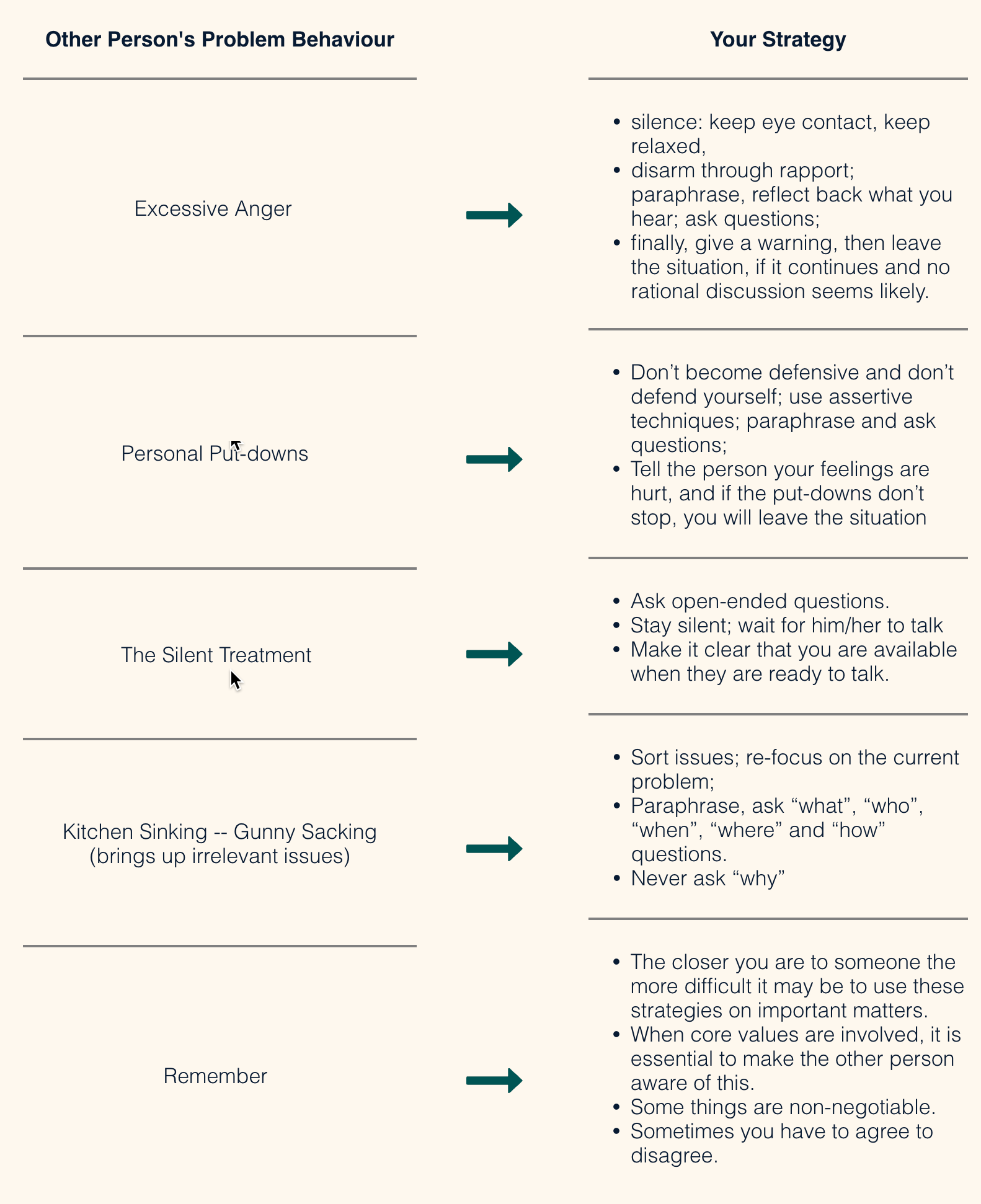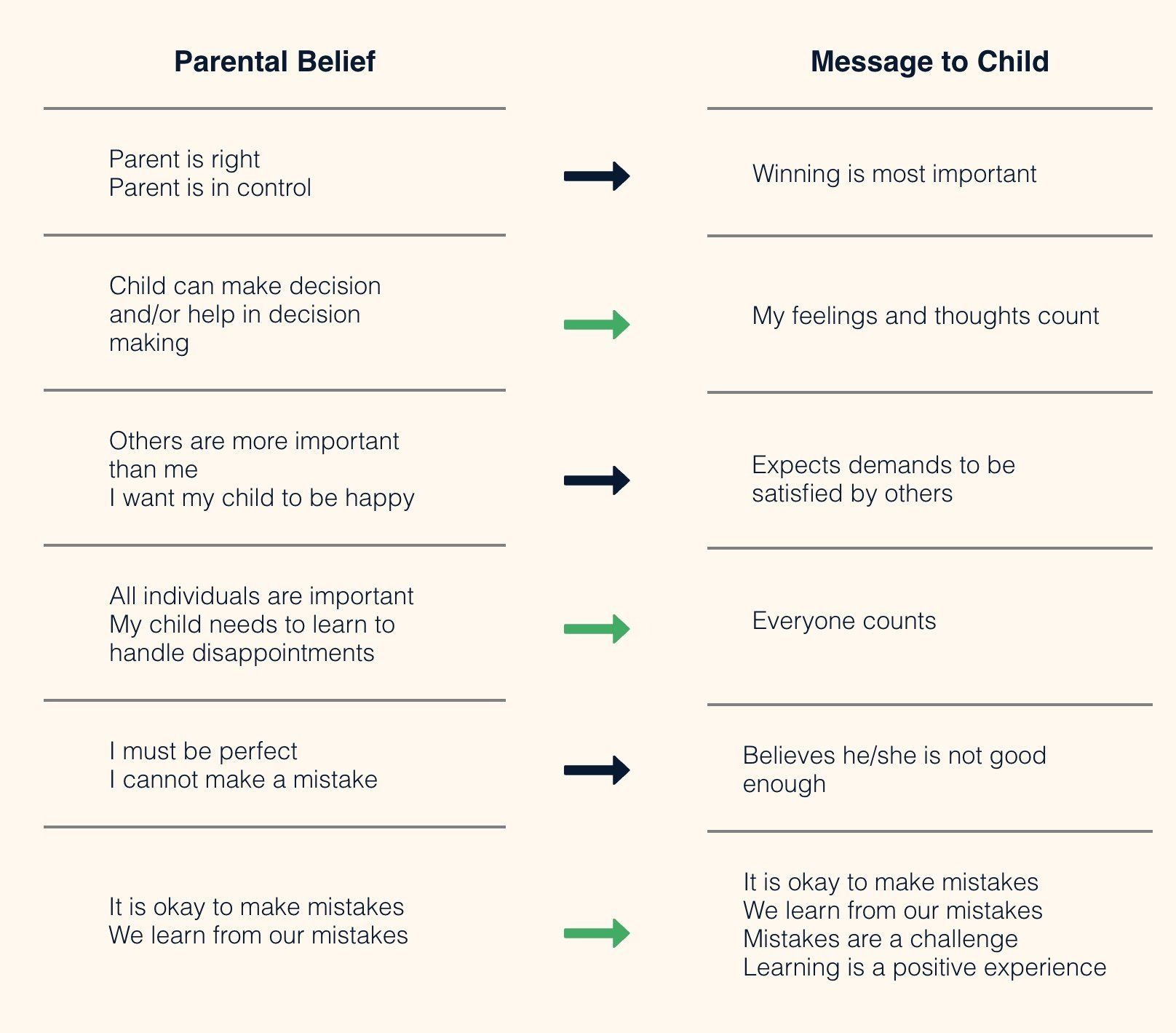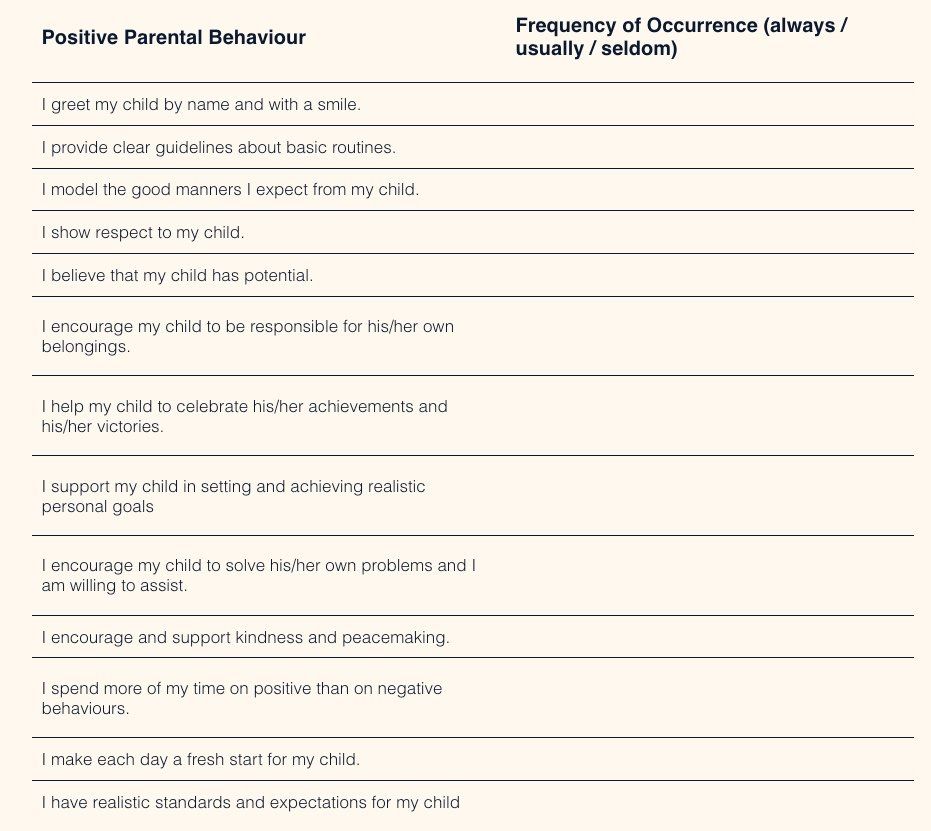
Building Personal Resilience: A Guide to Positive Living
Chapter 9
– Managing Anger at Work and at Home
In this chapter
Anger is one of the most powerful emotions that we can feel. It is as powerful as love. We need to learn how to manage the expression of our anger so that it can serve constructive purposes and not damage either us or the people around us. This chapter discusses what anger is, the continuum of assertiveness through annoyance, anger, aggression and abuse. It gives some insightful fictional case examples about anger.
The article then discusses constructive anger management, how to argue amicably, managing other people’s anger and other things to try when we are angry. Also discussed are our assertive rights as human beings and assertiveness skills. Finally there is a discussion of what constitutes physical abuse and psychological abuse, and the when to seek professional counselling.
About the Author
Read more about the author of this chapter, Dr. Iris Jackson of Gilmour Psychological Services® in Ottawa.
Table of Contents
Understanding Anger
Anger is one of the most powerful emotions that we feel. It is as powerful as love. Many people view anger as a negative emotion, mainly because it is an extremely uncomfortable emotion to most people. However, I don’t believe that any of our emotions are inherently negative. Anger is very energizing and when it is well directed, it can change whole societies. One of the best examples of anger changing society is seen in the revolution of attitude that the Black Pride movement in the United States initiated. In our personal lives, anger can also motivate us to make changes that improve the quality of our lives and make our relationships fairer and more just.
Anger is usually a secondary emotion. It often comes after we feel something else. We may get angry after we feel frustrated, hurt, rejected, sad, embarrassed, manipulated, wronged or even guilty. Some people go through the first emotion so quickly that they are unaware of what they felt just before they felt angry. If we can slow down our emotional reactions, we can come to see what it was that we were feeling just before we got angry. This helps us understand ourselves better, gives us something other than our anger to talk about and helps us make the changes necessary in ourselves or our environment that can reduce the incidents that create our anger.
Anger is also a choice. Although it rarely feels like it, we choose to allow ourselves to get angry by how we interpret a situation. Usually our anger follows other emotions which are created by how we think about a situation. (There are exceptions but they are rare, such as temporal lobe epilepsy or drug induced physiological states which we interpret as anger.) Therefore, if we analyze the situation, our thoughts, and our interpretations of events, we can control, to a large extent, how angry we get. For example, a person who believes that his/her spouse is on his/her side and is well intentioned will think differently about his/her spouse’s actions than someone who believes that his/her partnership is adversarial and his/her partner is out to dominate him/her.
There is a sequence, or continuum, from mild to very strong experiences of anger:
assertiveness > annoyance > anger > aggression > abuse
Standing up for yourself in a firm but civil (or even pleasant way) is assertive. We can reveal annoyance verbally by commenting on whatever has irritated us, with an expressed wish for things to change. Anger is a stronger emotion. It is a strong feeling of displeasure and irritation.
When we get aggressive, we press energetically for what we want without much concern for how the other person is feeling. We attack, verbally or physically. Abuse is damaging to the other person. It is an extreme form of put down, either physically, mentally or emotionally.
Fictitious Examples of Anger: The Good and the Bad
Please note: we respect the confidentiality of our clients, so our examples are not of real clients, but, rather, are fictions based on combinations of people we may have known in our personal or professional life.
Joan felt very hurt when her friend, Betty, forgot her birthday. She had always been very thoughtful about Betty’s special occasions and over the years they had celebrated many events together. Betty had been away on vacation, and did not phone Joan when she returned. What, thought Joan, is becoming of our special friendship? Well, she considered, I sure won’t be the first to call! That was the beginning of three weeks of the silent treatment while Joan stewed in her anger alone and Betty wondered if Joan would ever return her phone messages.
Bruce paced up and down his living room. Where was his wife? She had gone to Bingo with her mother, but it was already 9:15 and she wasn’t home. She knew she wasn’t supposed to stop for coffee and “loiter” as he liked to put it, when she knew he was home with nothing to do. How could she be so inconsiderate? Maybe, he thought, she is chatting with that good-looking neighbour down the road. Well, she’d sure have to account for her whereabouts when she got home. He wouldn’t let her get a minute of sleep until she told him exactly what she had done and with whom. And, boy, if she lied to him, he’s push her up against the wall like last time until she understood that he needed her with him and had to know where she was all the time.
John felt very frustrated with his teenage son. After letting him borrow the car, young Jack brought it back full of fast food cartons, empty soda cans and no gas. If John was going to use it for his business sales call tomorrow, he was going to have to clean it up and get gas at the all night gas bar. He went up to Jack’s bedroom and knocked on the door. Jack turned down the rap music and told his dad to come in.
“Jack, I’m really disappointed with the condition the car is in. You left a mess in the car and it is out of gas. Now, I have to undo all that to use it tomorrow. I really find your thoughtlessness annoying.”
“Come on, Dad! Weren’t you ever young once? It’s not so bad. I’m sure you’ve got enough gas to get downtown.”
“Jack, you’re not hearing me. I’ve told you a million times that with every freedom comes a responsibility. I’m angry with your attitude. You’re minimizing the problem and not offering to solve a situation you created! If you can’t bring the car back clean, control the mess your friends make in it and put a few bucks of gas in it when you see it’s near empty, then maybe you’re not mature enough for the freedom of the car.”
“Gee, Dad, I didn’t know it was such a big deal. I know I never look at the gas tank because it always seems to be full. I’m sorry and I’ll try to remember. But, just realize I’m not perfect.”
“Yeah, well, I guess none of are. I’m glad you get the point.”
I bet all of you can guess that I think John handled his anger better than Joan and Bruce!
Dealing with Anger Constructively
Anger can be a useful emotion because it makes us aware that something in our life is not right for us. It provides us with energy and motivates us for change. Following are some ideas for channeling anger constructively:
- Awareness helps. We cannot control anything of which we are unaware. Once we are aware of our anger we can ask ourselves questions to identify the causes and the remedies.
- We must own our anger. That is, we must recognize it, admit it and accept it.
- We must work on self-acceptance and self-esteem so that we have less about which to feel angry.
- We must work on trust - of ourselves, of others and of the future.
- We must accept our human limitations.
- We must stop inviting other people’s pity and criticisms.
- We must discover the non-verbal messages that we give others; this will help us better understand others’ reactions to us.
- No matter how hard, we must give up the pouting silent expressions of anger; we must talk.
- No matter how hard, we must give up the violent, abusive expressions of anger, whether they are temper tantrums, verbal or physical abuse or bingeing (compulsively over-eating or over-drinking).
- We must learn new ways of expressing anger without becoming self or other destructive. We must expand the number of ways we express anger.
- We must learn how to ask for love and to give and take in relationships.
- We must learn to live in the present.
- We must learn to argue amicably.
- We must learn how to play and relax.
- We must learn how to let go – of the past, of the uncontrollable, of the anger.
- We must learn how to forgive and forget – parents, children, ex-whatever; we must give up yearning for what can never be.
How to Argue Amicably
- don’t avoid an argument or just give in
- be brief
- give accurate feedback
- don’t name call
- argue by appointment: set up a time to meet to discuss and argue about the issue
- stick to the topic
- stay in the present
- no second guessing (mind reading)
- level (be honest)
- speak up for yourself
- don’t let issues accumulate
- don’t argue when tired
- don’t use the silent treatment (not talking or reacting to the other person)
- be willing to change
- be willing to say “good point”
- don’t hit below the belt
- allow intermissions
- allow the other person to sleep
- don’t over dramatize
- never use sarcasm
- try not to yell
- don’t use your size to intimidate
- don’t crowd the other person
- allow the other person to save face
- allow the other person to leave, to take an intermission – do not pursue them
- try not to be deliberately provocative
- never argue in bed
Managing Other People’s Anger
The following ideas will help you “talk or walk”. Too often we believe that we must match someone else’s anger with our own. However, just because someone else is angry with us does not mean we have to be angry back. Some of our best discussions can come from listening closely even when the other person is clearly angry. If we really try to listen, very often the other person relaxes as he or she realizes that he/she is being heard, and the discussion can proceed calmly, even to a resolution.
Other Person's Problem Behaviour
Excessive Anger
Personal Put-downs
The Silent Treatment
Kitchen Sinking -- Gunny Sacking (brings up irrelevant issues)
Remember
Your Strategy
- silence: keep eye contact, keep relaxed,
- disarm through rapport; paraphrase, reflect back what you hear; ask questions;
- finally, give a warning, then leave the situation, if it continues and no rational discussion seems likely.
- Don’t become defensive and don’t defend yourself; use assertive techniques; paraphrase and ask questions;
- Tell the person your feelings are hurt, and if the put-downs don’t stop, you will leave the situation
- Ask open-ended questions.
- Stay silent; wait for him/her to talk
- Make it clear that you are available when they are ready to talk.
- Sort issues; re-focus on the current problem;
- Paraphrase, ask “what”, “who”, “when”, “where” and “how” questions.
- Never ask “why”
- The closer you are to someone the more difficult it may be to use these strategies on important matters.
- When core values are involved, it is essential to make the other person aware of this.
- Some things are non-negotiable.
- Sometimes you have to agree to disagree.



What Else To Try
Sometimes, we are too angry or the issue is too big so that we feel like we can’t discuss it with the other person. At those times, we must siphon off the anger to reduce it to manageable proportions. Writing angry letters that we do not mail, hitting pillows or punching bags, going for a jog or some other aerobic workout, or doing a ritual such as burning a photograph can help. In some situations, getting a third person to mediate or facilitate (referee) can get a discussion going in which anger can be expressed and each party to the dispute can be heard in a controlled and safe way. However, the third person needs to be someone both people respect and someone who can remain neutral and objective.
Assertiveness Rights
It helps to realize that we inherited certain rights just because we were born. The first step in becoming assertive rather than aggressive, especially when we are angry is to realize the following: You have the right
- to exist, to take up space, to be here
- to love and appreciate yourself
- to make your own decisions
- to judge your own behaviour, thoughts and emotions and to take responsibility for their consequences
- to offer no reasons, excuses, explanations or justifications for your behaviour.
- to decide if you will help solve others’ problems.
- to change your mind
- to make mistakes, to take responsibility for them and to learn from them
- to say, “I don’t know”.
- to reject other people’s help
- to be illogical
- to say, “I don’t understand”.
- to say, “I don’t care”.
- to say “no” without feeling guilty
- to stretch and reach for the highest in yourself: the right to grow as a person
- to forgive yourself for your human limitations
- to dream and fail and to dream and succeed
- to do what is necessary for your continuing health and growth.
Assertiveness Skills
The more tools we have when we face conflict situations, the slower we are to anger. You can try these tools when you need to be assertive:
- Broken record: Calmly and politely say what you want over and and over again. This skill helps you avoid argumentative baiting, irrelevant comments and side issues, while sticking to your desired point.
- Fogging: Calmly accept the comments of the other person as having some merit or truth, while you still maintain your own perspective or plan. This skill allows you to receive criticism or feedback without becoming defensive or making any change you do not want to make.
- Free Information: Making small talk to draw out the other person to build rapport and figure out what is important to the other person can be a useful way to discover how best to present your side of things.
- Negative Assertion: Sympathetically agreeing with a negative criticism takes the wind out of your critic’s sails and can deflect hostility. This skill allows you to look more comfortable with your human limitations and not be defensive. Sometimes you can learn more about how you appear to others, which can increase your self-insight and lead to self-improvement.
- Negative Inquiry: This is actively prompting another to give you critical feedback in order to use the information if it is helpful or to exhaust it if it is manipulative. This skill allows you to be in control of the interaction and can “clear the air” by getting problems out in the open. An example is asking “what don’t you like about….” an issue, event or person.
- Self-Disclosure: When you share aspects of yourself that allows the other person to understand you or your situation better, you usually develop rapport and cooperation.
- Workable Compromise: This is finding a mutually acceptable (but not perfect) solution to a conflict or goal. This skill allows both people to feel heard and understood, and a resolution to the problem situation can be found.
What to do When I've Tried Everything
Seek professional help. Psychologists, psychiatrists and clinical social workers are all trained to help people understand and manage their anger. Call the provincial/state organization for the profession you would like to see to get some names of professionals in your area. Also, ask friends who they know to be good in your community. Family physicians are often a good source of referral to a psychologist, psychiatrist or social worker. It is sensible to get help before anger causes turmoil and damage in your life.
Chapters
Recognition of Territory
Gilmour Psychological Services® is built on un-ceded Algonquin Anishinabe territory. The peoples of the Algonquin Anishinabe Nation have lived on this territory for millennia. Their culture and presence have nurtured and continue to nurture this land. We honour the peoples and land of the Algonquin Anishinabe Nation


